- TOP
- Mirror with Willow Tree and Flying Sparrows
Overview
Mirror with Willow Tree and Flying Sparrows
- Museum No.
- EK17-33
Showing 1-6 of 1
| Title | Mirror with Willow Tree and Flying Sparrows |
|---|---|
| Designation | |
| Artist | |
| Category | Metalwork(E), Bronze Mirrors |
| Country | Japan |
| Period | Kamakura |
| Century | 13th |
| Year | |
| Quantity | |
| Materials | |
| Dimensions | Diameter 11.1cm Rim height 0.9cm Rim width 0.3cm |
| Inscription by | |
| Signature/Seals Etc | |
| Donor |
Included Works

EK17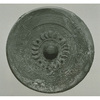 Mirror with Abstract Animals in Band
Mirror with Abstract Animals in Band
EK17-1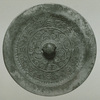 Mirror with Whirlpool Design
Mirror with Whirlpool Design
EK17-2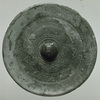 Mirror with Flower Design and Seven Arcs
Mirror with Flower Design and Seven Arcs
EK17-3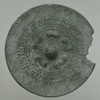 Mirror with Five Animals
Mirror with Five Animals
EK17-4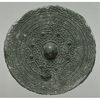 Mirror with Abstract Animals in Band
Mirror with Abstract Animals in Band
EK17-5 Mirror with Four Animals
Mirror with Four Animals
EK17-6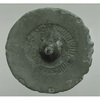 Mirror with Tooth Comb Pattern
Mirror with Tooth Comb Pattern
EK17-7 Mirror with Abstract Animals in Band
Mirror with Abstract Animals in Band
EK17-8 Mirror with Pines and Cranes
Mirror with Pines and Cranes
EK17-9 Mirror with Cranes and Pines and Butterflies
Mirror with Cranes and Pines and Butterflies
EK17-10 Mirror with Arabesque and Phoenixes
Mirror with Arabesque and Phoenixes
EK17-11 Mirror with Chrysanthemums and Birds
Mirror with Chrysanthemums and Birds
EK17-12 Mirror with Chrysanthemums, Butterflies, and Birds
Mirror with Chrysanthemums, Butterflies, and Birds
EK17-13 Mirror with Globeflowers and Flying Sparrows
Mirror with Globeflowers and Flying Sparrows
EK17-14 Mirror with Chrysanthemum Branches and Flying Sparrows
Mirror with Chrysanthemum Branches and Flying Sparrows
EK17-15 Mirror with Autumn Plants, Butterflies, and Birds
Mirror with Autumn Plants, Butterflies, and Birds
EK17-16 Mirror with Cranes and Pine Needles
Mirror with Cranes and Pine Needles
EK17-17
This object may be one within a set or the title of a set. To see all objects in the set, perform a Category Search by the Museum Number below, entering numerals only before the hyphen.

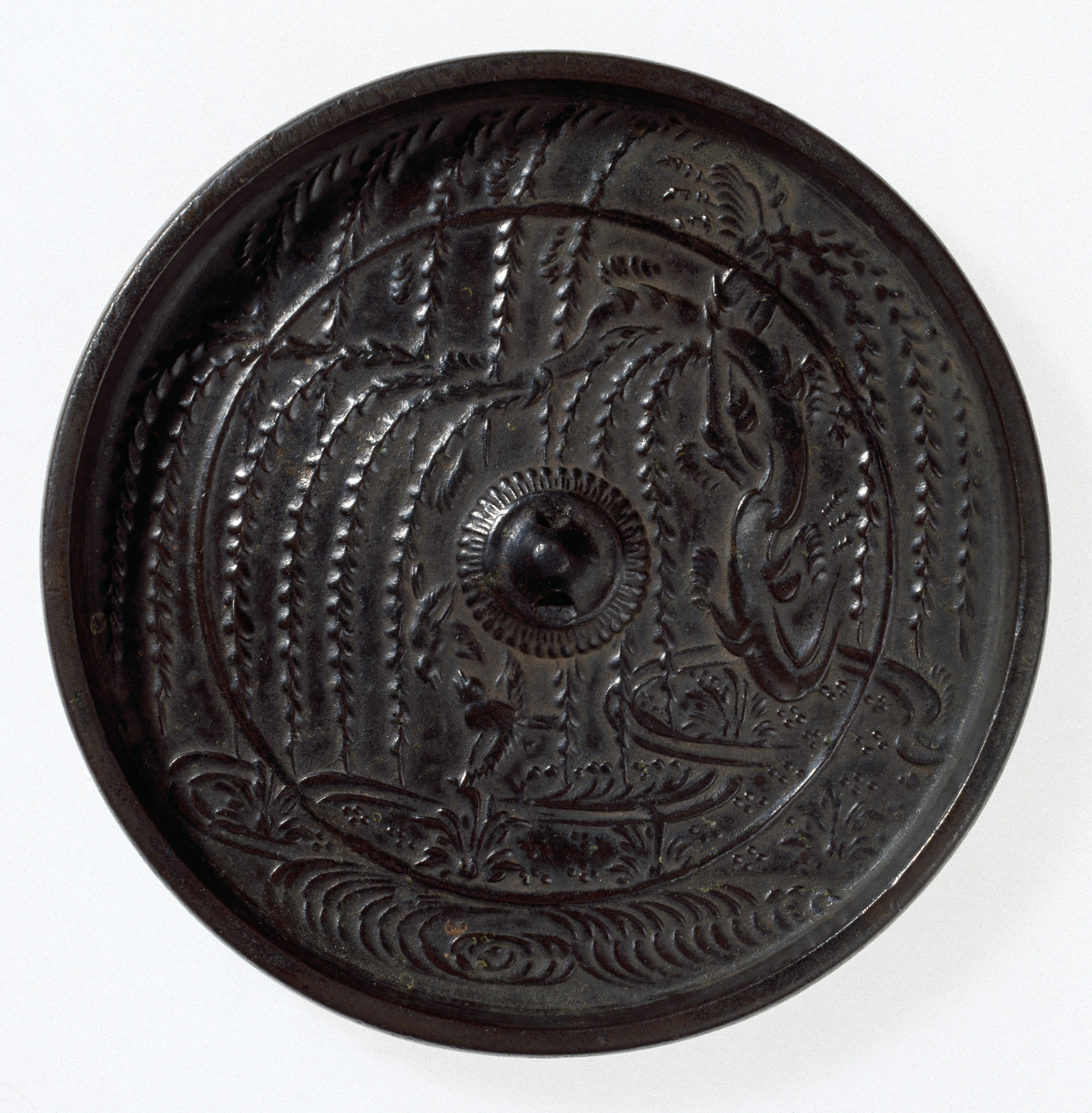





The back of this dark brown mirror has been coated with black lacquer; its reflective face plated in tin. The knob surround takes the form of pistils spread out around the knob like flower petals. The medium-sized rim is straight sided; on the inner surface of the rim (upper right) are rough spots resulting from casting flaws. An early example of mirrors with willow tree, excavated from Mitarashi Pond near Mount Haguro, in Yamagata Prefecture, is the 12th century Chinese Song-style (960-1279) mirror, now in the collection of the Hosomi Art Foundation (Kyoto), decorated with a wave-swept shoreline, a willow tree, and paired birds. After the beginning of the Kamakura period (1185-1333), mirrors decorated with the branches of a weeping willow entirely filling the pictorial space began to appear. This followed a general trend in the visual arts toward packing the whole composition full of design elements. The stylistic expression revealed in the details of the museum mirror, such as the feathers of the birds and the grasses on the sandy shore, closely resemble that of mirrors Mirror with Chrysanthemum Branches and Pair of Sparrows (EK207) and Mirror with Chrysanthemums and Flying Sparrows (EK17-54), suggesting a production date of the latter half of the 13th century.
Japan-Kamakura